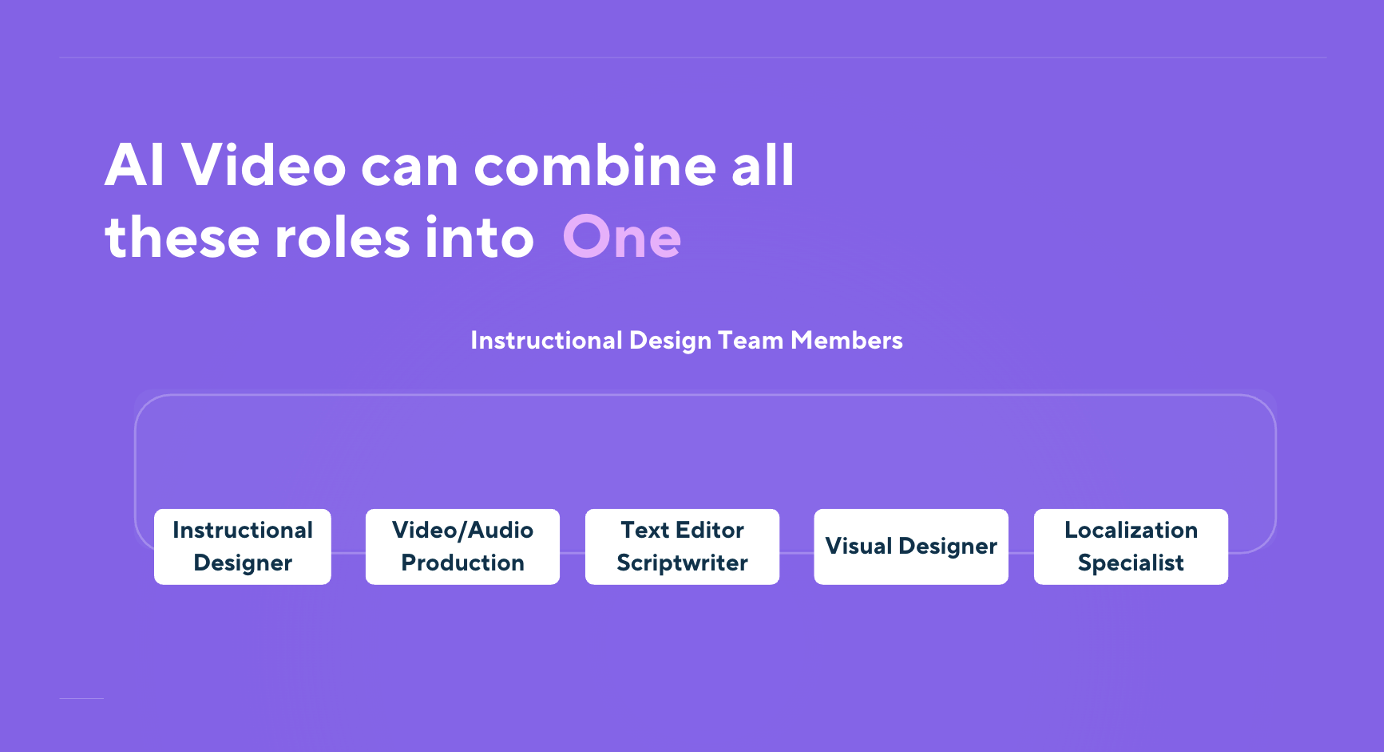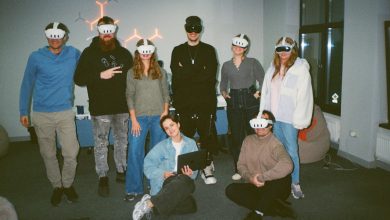
In today’s fast-paced corporate environment, balancing productivity with quality remains a constant challenge for Learning & Development (L&D) teams. As someone with a deep passion for personalized learning and educational equity, I’ve seen firsthand how AI has become a powerful tool in reshaping L&D processes, making them more efficient, scalable, and tailored to individual needs.
AI is no longer just a buzzword—it’s a game-changer for educational content creation. It’s transforming how L&D teams design and deliver training, providing new opportunities to drive productivity while enhancing the learning experience. Here’s how AI can help optimize productivity in L&D teams and improve training outcomes.
Streamlining Content Creation: AI Video Tools as a Game-Changer
Traditionally, creating high-quality educational content for corporate training has been resource-intensive. It often involves a full team of experts—content writers, video producers, and designers—working together to create engaging videos and learning modules. However, generative AI is radically altering this process, offering new efficiencies and cost savings.
AI-powered video generation tools allow a single instructional designer to create professional-quality training content without the need for a large production team. These tools automatically generate videos, eliminating the need for expensive equipment or multiple stages of video production. As a result, L&D teams can produce content at scale with minimal overhead. This drastically reduces costs and time-to-market.
While AI video tools significantly improve efficiency, the focus remains on content quality and alignment with learning objectives. The role of L&D professionals, therefore, is evolving into a more strategic one. They can focus on the creative aspects of learning design, such as ensuring that content is relevant, engaging, and aligned with company goals.
Personalized Learning at Scale: The Role of AI Avatars and Chatbots
Another area where AI is making a profound impact is in personalized learning. With AI-driven avatars and chatbots, L&D teams can now provide scalable, individualized instruction for employees. These AI avatars simulate real-world interactions, offering personalized guidance and feedback in a way that traditional training methods cannot.
As I have observed in my own experience, interactive AI avatars provide a deeper level of engagement. They enable employees to participate in dynamic learning scenarios where they can ask questions, practice skills, and receive real-time feedback. This personalized learning experience, available 24/7, makes training more accessible and engaging. It’s especially effective for remote teams or large organizations with diverse learning needs.
Furthermore, AI-powered chatbots can assist with quick learning checks and answer employees’ queries. This ensures that learning continues even outside structured training sessions. This kind of instant support increases productivity by allowing employees to learn at their own pace, without waiting for the next scheduled training session.
Enhancing Productivity with AI: The Balance Between Automation and Human Creativity
While AI presents enormous potential for improving productivity, it’s essential that we strike the right balance. Automation through AI can significantly reduce the time spent on administrative tasks like content creation and learner tracking. But human expertise remains crucial in ensuring that training programs align with organizational goals and foster genuine learning experiences.
AI tools are most effective when they complement the skills of L&D professionals, rather than replace them. For example, while AI can handle the heavy lifting of content generation and learner engagement, it’s the instructional designers and trainers who ensure that the learning experience is purposeful. They make it culturally relevant and truly impactful.
AI is not a one-size-fits-all solution. It’s a tool that enhances the creative process and empowers L&D teams to focus on strategy, content relevance, and learner outcomes. The future of L&D is not about AI replacing human interaction; rather, it’s about using AI to empower people to achieve their highest potential. It fosters a more agile and efficient learning environment.
The Future of AI in Corporate Learning
As AI continues to evolve, its role in L&D will become even more integral to workplace productivity. AI’s ability to deliver personalized, scalable learning solutions means that organizations can offer high-quality, cost-effective training programs. These programs drive both employee engagement and organizational success.
For L&D teams, the key will be to embrace AI not just as a tool for efficiency, but as a partner in the ongoing development of their workforce. By leveraging AI for content creation and personalized learning experiences, L&D teams can reduce costs, scale their impact, and ultimately drive greater productivity across the organization.
Zhuoer Chen is an Enterprise Account Manager at HeyGen, specializing in AI video solutions for workplace learning and development.





